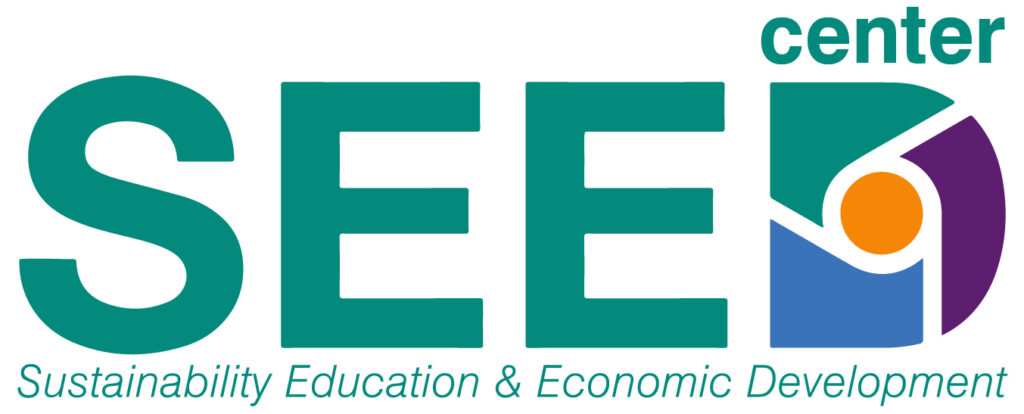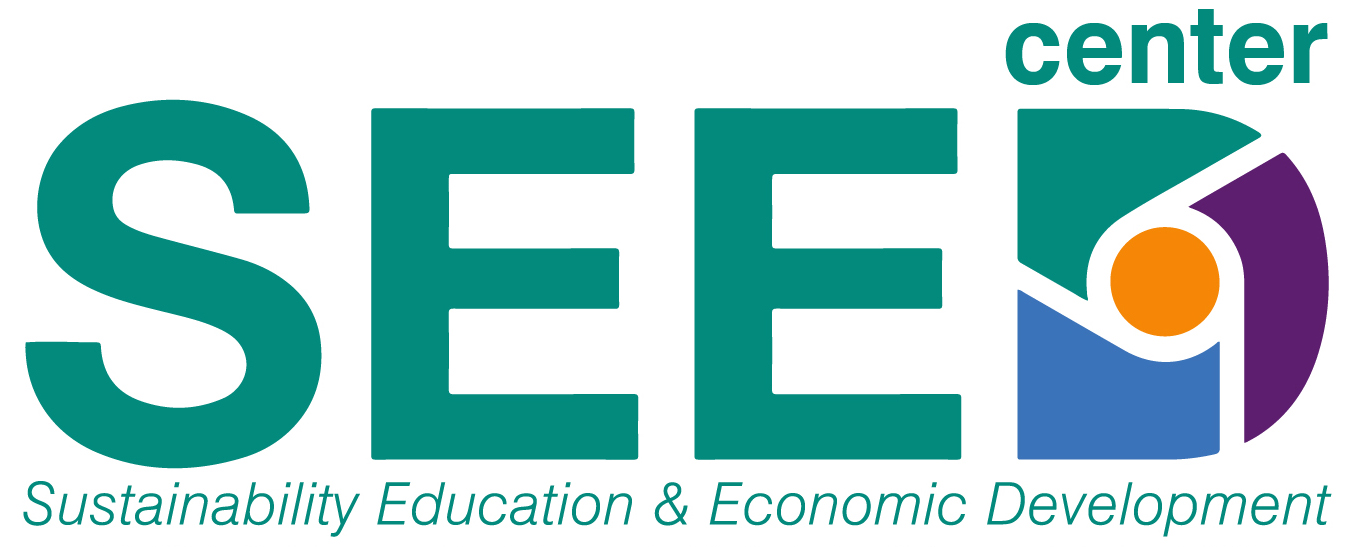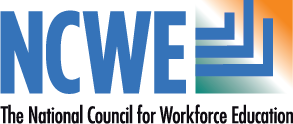What is a Quality Green Program?
The purpose of the SEED Center is to guide colleges in developing not just a number of courses and programs, but more importantly, deliver high-quality sustainability education and job training programs and create educational experiences that link students directly to the modern green economy workplace.
By maintaining focus and adding specific practices, programs become a focal point for sustainability, raising awareness in their communities and among students across disciplines. This growing awareness can accelerate the green jobs trend by reducing barriers to adopting sustainable practices and creating further demand for efficient, sustainable resources.
These are the common elements that serve as the basic building blocks for developing sustainability education and green job training programs:
- Curricula based on regional workforce demands and tied to industry-recognized standards and certifications.
- Ongoing assessment of program learning outcomes and continuous improvement of curricula.
- An active advisory committee to review curricula and provide advice on job placement and internships.
- Updated lab equipment that aligns with workplace tools and techniques.
- Ongoing professional development for faculty with a focus on Culturally Responsive Teaching frameworks.
- Program Navigators who can assist learners through their educational and career pathways.
- Transfer articulation agreements that smoothly transition learners into the community college and on to transfer institutions and ultimately, the workforce.
- Flexible curricula that can adapt to experienced learners returning for additional education.
- Coordination with workforce development and continuing education offerings.
- Effective partnerships with employers and local workforce education agencies.
Community colleges can help build the green economy by adding the following actions to the typical components of a quality program. These practices have proven valuable to developing leadership in sustainability education and economic development programs.
- Future-proof traditional legacy programs by infusing green principles utilizing curriculum modules available on the SEED site.
- Integrate green and sustainability principles across academic disciplines – not just technology programs.
- Reach out and educate local employers and advisory committee members as to the “green” technology skills of the future.
- Create effective and inclusive community and industry partnerships to build a more sustainable economy.
- Use the campus and the community as a living lab for sustainability. [Penn State Living Labs for Sustainability] [MIT Living Labs for Sustainability]
Workforce demand will extend beyond the solar, wind, energy efficiency and green building sectors. Educators must stay aware of policy issues and trends and adapt their programs to meet rapidly changing demands.


